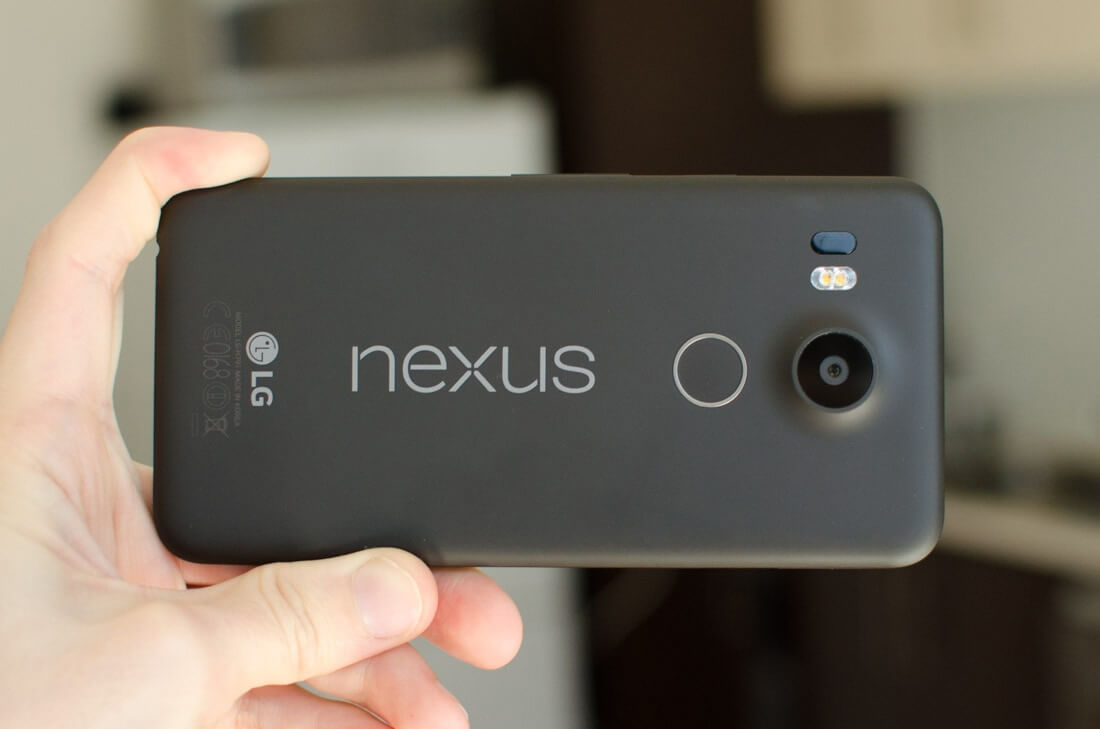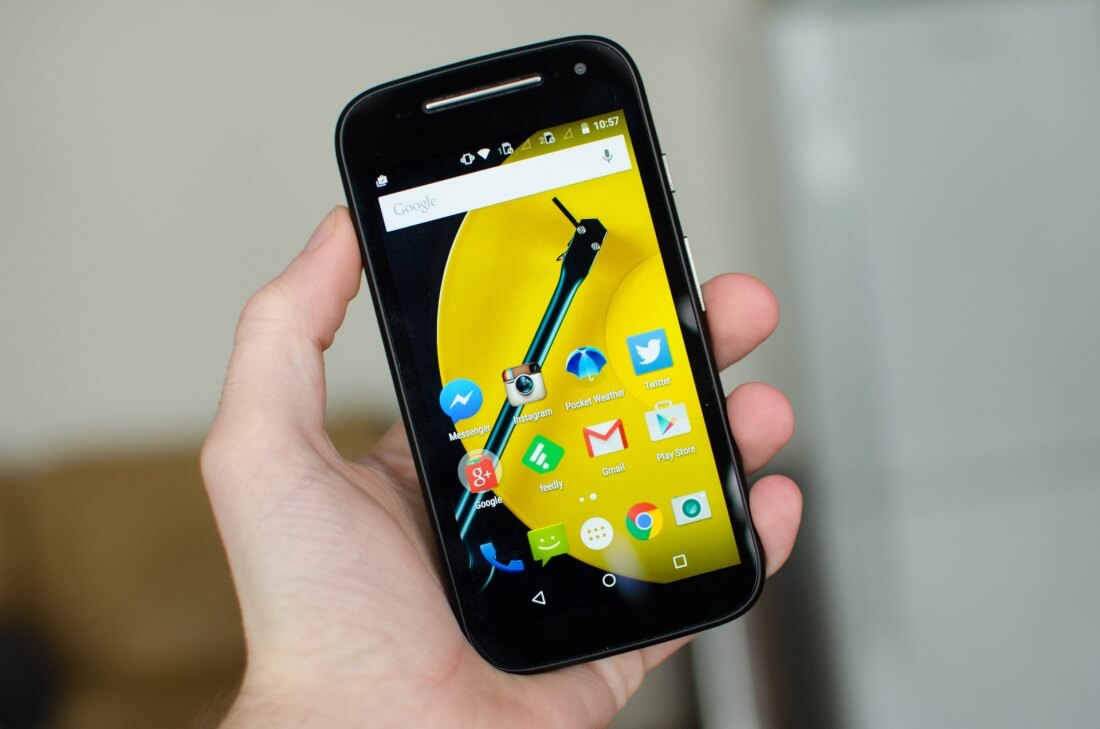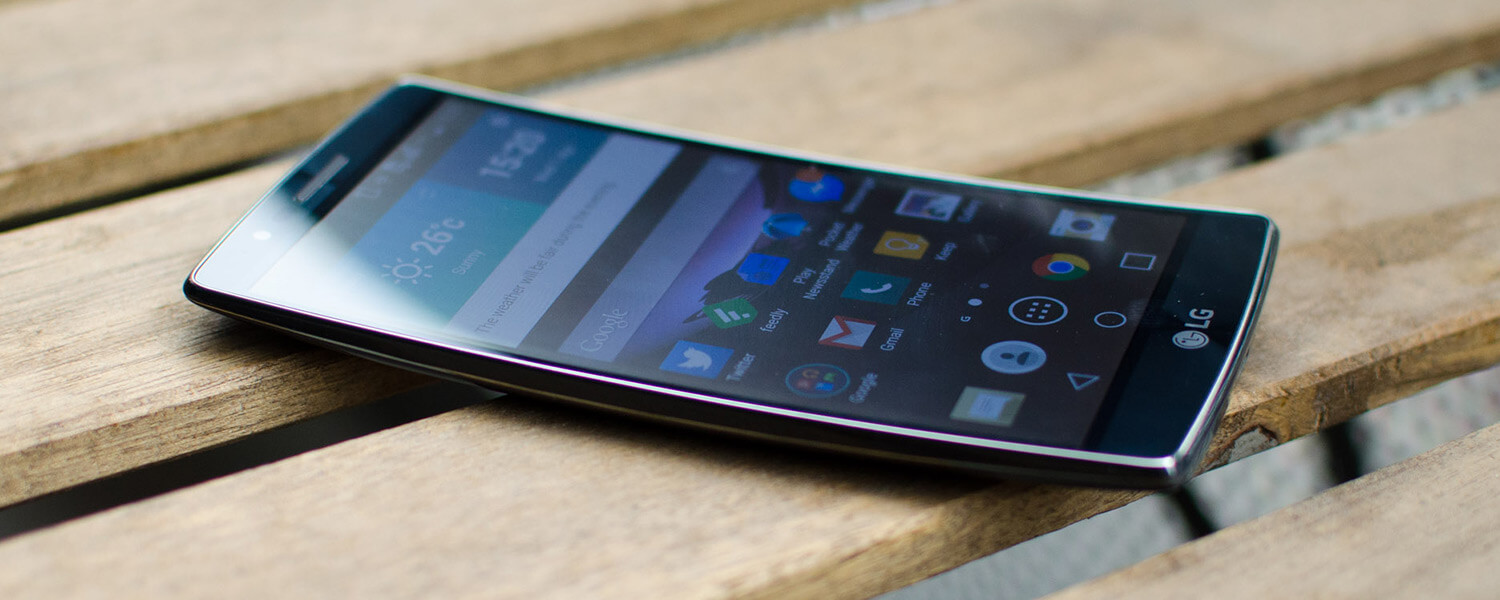Update: This article has been updated for late 2017 here.
If you're in the market for a new phone and don't have a ton of money to spend, most companies would want you to look at their collection of mid-range and entry-level handsets. But that's not always the smartest move. If you know where to look, the flagship phones of yesteryear can provide considerably better hardware and value at a price comparable to brand new budget and mid-range phones ($100+ to $350).
More often than not, smartphones that used to retail for $600 at launch can be bought for half that price the year after, and these are exactly the sort of phones that should be on the radar of price-conscious consumers. We often see Apple playing this card with older iPhones – with great results – but not so much for Android manufacturers. We believe that's a missed opportunity.
When asked to recommend a $200 phone to a good friend recently, I immediately jumped to the conclusion that Motorola's latest Moto G was hard to beat for the price – it was, after all, our top budget recommendation in last year's Best of Smartphones for a reason. It's not the most beautiful or svelte phone to hold, but it's got most of the right ingredients for the price.
Now, I knew the LG G4 had recently dropped in price further, from $400 to almost $300, but my friend was buying two phones and couldn't make up for the difference. So what about the older LG G3? Was it still available? Turns out it is, and it's only $195. I recalled it was pretty good... in 2014. But how about now?

Which of the two would you rather hold?
That's when my quest began, revisiting some of the best high-end phones from the past few years and seeing how they stack up against today's collection of lower-priced handsets.
To save yourself the trouble, here are our picks for the six best older smartphones that provide much better value than mid-range or budget devices at a similar price point. All of these handsets come in at $350 or less, and the cheaper options in particular shouldn't break the bank.
LG G3: $200 (32 GB)

If you only have $200 to spend, LG's two-year-old G3 provides excellent value compared to an entry-level handset like the Moto G. It may not have the best hardware any more, but the Snapdragon 801 that powers this device is still a good 55% faster in CPU workloads than the Snapdragon 410 found in many current-gen budget smartphones. Not to mention the G3 has a very respectable 13-megapixel OIS-equipped camera and a first-generation 1440p display.
The 2015 Moto G is a year newer and features a more up to date version of Android without the skin, and the battery life might be a little bit better. However, the hardware in the G3 is far superior to what is offered in the Moto G: Faster internals, more RAM, larger screen (with less bezel), better resolution, superior camera, more internal storage and still expandable, all in a better looking package. It's likely this advantage will remain even when the latest wave of entry-level handsets are released later this year.
LG G Flex 2: $230 (32GB)

The best value smartphone on this entire list could come as a bit of a surprise: it's the LG G Flex 2, released in early 2015 for over $700, it is currently available on Amazon for just $230. This high-end smartphone, with a slightly-curved 5.5-inch 1080p OLED display and Snapdragon 810 SoC inside, is a performance powerhouse. The design is a little awkward, but the camera is the same very respectable unit (with optical image stabilization) as we saw on the G3.
The crazy thing about the G Flex 2 at this price is it's competing directly with devices like the Oppo F1 and 16 GB Moto G 2015. There is no competition here: the G Flex 2 absolutely obliterates these devices across the park. Aside from the near-stock software package on the Moto G, there is nothing about the handset's hardware we would prefer over the G Flex 2. It's a steal at this price and should be the preferred option for all budget handset buyers.
Motorola Moto X Style: $350 (16GB)

When companies release their larger-screened smartphones, they're usually either expensive (like the Samsung Galaxy Note 5) or subpar (like the Sony Xperia C5 Ultra). This is why the Moto X Style is so compelling: it packs high-end hardware, a large 5.7-inch 1440p display, but costs just $350 for the 16 GB model.
At $350 the handset is $50 more expensive than the mid-range Xperia C5, but you're getting better quality components across the board, including a higher resolution display, a significantly faster processor (the Snapdragon 808 smokes MediaTek's MT6752), a better camera, and the wonders of near-stock Android. Plus the Moto X is only eight months old.
LG G4: $315 (32GB)

Having launched around a year ago, the LG G4 presents fantastic value to buyers at its current price of around $315. Along with the Samsung Galaxy S6 (which still retails for $470), the G4 was one of our favorite handsets of 2015, packing a superb optically-stabilized camera, a fast Snapdragon 808 SoC, and the flexibility of a removable battery and storage.
At this price, the G4 is $15 cheaper than Samsung's competing 5.5-inch mid-range Galaxy A7, and although the build of the A7 is very nice, it can't match the hardware of the G4. The HTC One A9 is another mid-range handset around this price, but its Snapdragon 617 and merely average 13-megapixel camera fall well behind the G4's hardware dominance. Even with a higher resolution display, benchmarks indicate the G4 is around twice as fast for a slightly lower price.
Google Nexus 5X: $285 (16GB)

If you thought the LG G4 was good value at $300, the Nexus 5X is even better value at $285. The hardware in the 5X is a notch behind the G4, with its 5.2-inch 1080p display, Snapdragon 808, low light friendly camera, and no removable storage. However, this is easily made up for by being a Nexus device: you'll be getting stock Android and super-fast updates for the lifetime of the handset.
The 5X is competing with mid-range handsets like the Samsung Galaxy A5 and the aforementioned HTC One A9, which again are more expensive. Considering the 5X's significant hardware and software advantage on basically every front, there's little reason to choose a $300 mid-range device over either the LG G4 or the better value Nexus 5X.
Xiaomi Mi 4c: $170 (16 GB)

If you're not concerned about software at all and just want the best hardware for the price, it's hard to look past the Chinese-made Xiaomi Mi 4c. For just $170 you can net yourself a 5.0-inch 1080p display, Snapdragon 808 SoC, 13-megapixel rear camera, 16 GB of internal storage with microSD support, 3,000 mAh battery and LTE support.
The 8 GB third-gen Moto G is available for the same price but falls way behind in the hardware department. The Snapdragon 808 is multiple times faster and you're getting a better display as well as a larger battery. At this point, software is the only draw card to the Moto G, and for some this might not be enough.
Do Budget Phones Still Have A Purpose?
It's pretty clear that if you are looking at spending between $150 and $400 for a smartphone, older flagships provide better value than current mid-range and entry-level handsets in most scenarios. However, there are still some caveats to buying a device released several years ago.
There is no guarantee that older handsets available at Amazon and other retailers will have the same warranties and level of support as newer budget devices. In some countries you can expect to be protected by mandatory consumer warranties, but in others these phones may be sold in limited quantities with short or no warranties available.
You can occasionally get a better deal entering into a contract (or upgrading a current contract) with your preferred carrier than simply buying a new phone outright. Most carriers only stock new or recent handsets, and if you can get better value on your plan by purchasing a phone through your carrier, that could be a better option.

Android OEMs tend to only support their current-generation phones through software updates, so if you want your phone to continue to receive software updates, an entry-level device might be a better option. The one exception on this list would be the Nexus 5X, which is guaranteed to be updated pretty quickly with security updates or new versions of Android.
And finally, if you're on a very tight budget and only have $100 or so to spend, the current-gen $90 Moto E has a compelling collection of hardware for the price. Older budget devices that have come down to this price no longer stack up and can show their age, except for perhaps the Moto G 2nd-gen which has been seen dropping in price to Moto E levels more than once this year.
